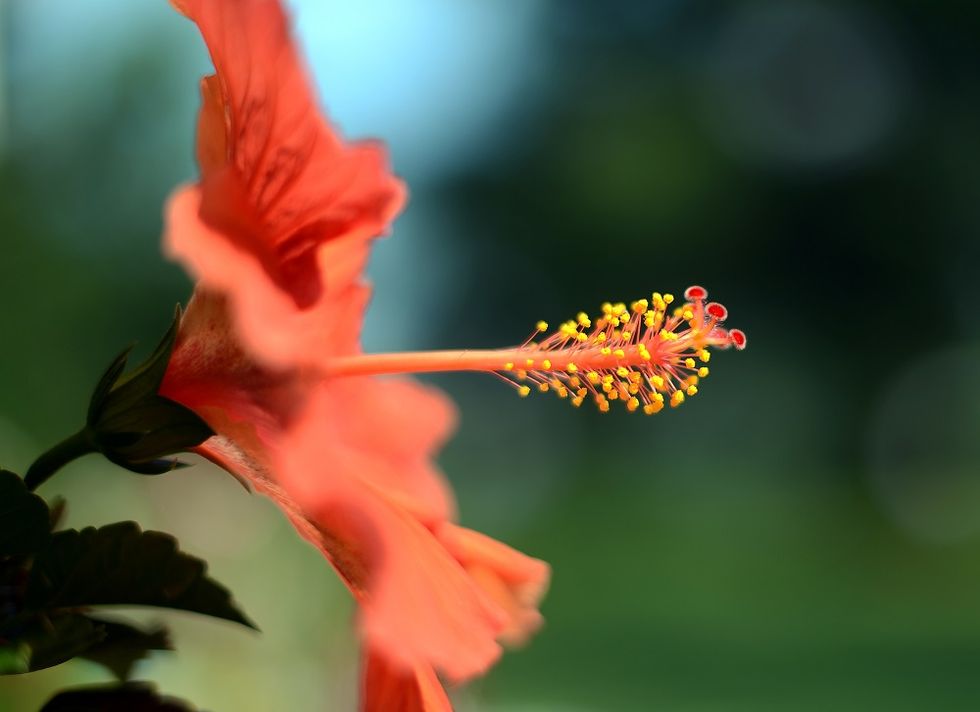Italian natural scarfs conquer international markets
Discovering Claudio Cutuli’s art of dyeing using natural elements
Claudio Cutuli has definitely created alternative scarves. He uses fabrics such as cashmere, silk, bamboo and beech pulp, but the innovative element of his accessories concerns their colour. In fact, it is drawn out pomegranate, walnuts hull, nettle and karkadé. The success of this initiative was confirmed by the 80% of sales increase in the last year. Mr Cutuli's scarves are sold in 560 shops worldwide and they have been classified as luxury accessories by qualified international boutiques such as Isetan Mitsokoshi in Tokyo, l'Eclaireur in Paris and La Rinascente in Milan.
Mr Cutuli and his wife - Mariagrazia De Luca - follow step by step their creations, personally taking part to each fair to tell the story behind their products. His last creation is the leather hat-bonnet, which had a great success in the States.
Claudio and Mariagrazia - both coming from southern Italy - have decided to edify their house and business in of the most beautiful Italian medieval burgs, i.e. Bevagna. The place is popular for the refined canvas once produced, known as bevagne.
Worth mentioning is Claudio's belief that culture is the real input of fashion. For this reason, since a couple of seasons he is organizing a festival in Torti theatre having as protagonists a number of important characters, such as Gianrico Carofiglio, Silvia Avallone, Simonetta Agnello Hornby and the Strega Prize Francesco Piccolo.
The project Mr and Mrs Cutuli are most proud about is a work in progress. The bought an old slaughterhouse - put on an auction by the municipality to save it from degradation - and they are transforming it into a school of art, fashion and culture of dyeing tradition.
The project is very ambitious and will include classes in natural dyeing in collaboration with universities, a space for international artists' exhibitions and a restaurant where they will cook with dyeing plants, such as chilli, pomegranate and hibiscus.
Follow @castaritaHK


